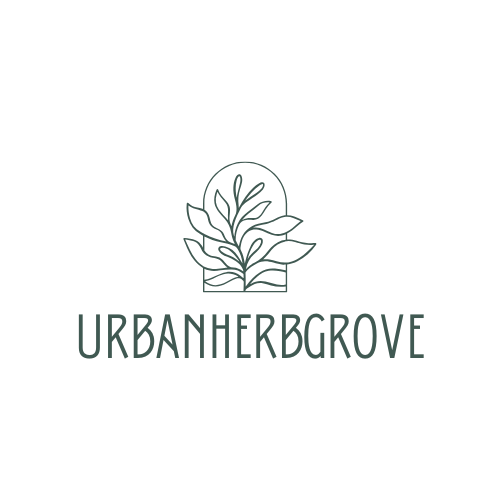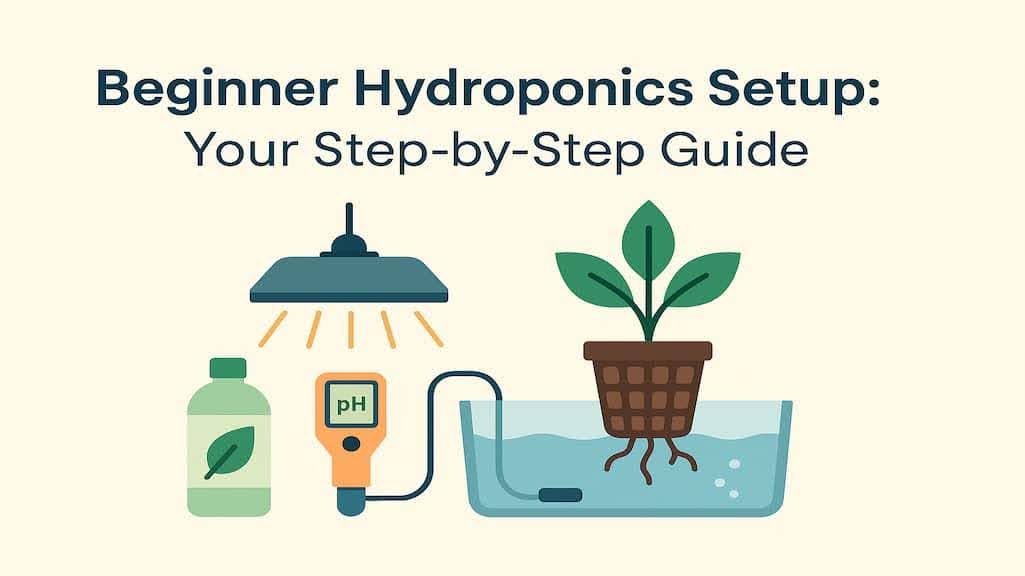Beginner hydroponics setup refers to the process of creating a controlled system where plants grow without soil, relying instead on nutrient-rich water. Many first-time growers are curious about whether they need complicated tools, how much space it takes, or whether they can start small at home. This post walks you through the essentials of setting up your first hydroponic system—from selecting the right method to maintaining plant health—so you can begin growing confidently and sustainably.
Choosing the Right Hydroponics System
Selecting the right hydroponic system is the first major decision in your growing journey. Different systems offer different levels of complexity, efficiency, and scalability. For beginners, Deep Water Culture (DWC) and Kratky systems are often the best starting points.
DWC systems suspend plant roots in oxygen-rich, nutrient-filled water with the help of an air pump and stone. Kratky, on the other hand, is a passive system where plants draw down a fixed nutrient supply without pumps or electricity. Many home gardeners have successfully grown lettuce in a 5-gallon DWC bucket for under $50, while others keep basil thriving for weeks in a simple Kratky jar on the kitchen windowsill—both methods proving that small-scale systems can be highly productive.
Gathering Essential Equipment
Once your system is selected, it’s time to prepare your gear. Most beginner setups follow a predictable pattern—simple containers, net pots, an aeration source if needed, and basic monitoring tools—but the specifics often vary depending on which method you’re working with, to have a better idea visit https://hydroponics360.com/systems/.
Other essential items include growing media like clay pellets or rockwool and meters for checking pH and nutrient levels. These tools may seem technical at first, but they quickly become part of a simple routine. Skipping key tools like a TDS (Total Dissolved Solids) meter can slow growth without the grower realizing why; often, a quick check reveals nutrient levels are too weak or too strong, which is easy to fix once measured correctly.
Preparing the Nutrient Solution
In soil gardening, nutrients are slowly released over time. Hydroponics requires a more hands-on approach. Nutrients come as concentrated solutions or dry powders, and you’ll mix them directly into water based on your plant’s growth stage.
Balance is key. Most leafy greens prefer a pH between 5.5 and 6.5. Too acidic or too alkaline, and plants won’t absorb nutrients efficiently—even when the solution is correctly mixed. Herb growers, for instance, often adjust pH weekly to keep parsley, chives, and mint growing evenly, noticing richer color and better flavor when the balance stays consistent.
Setting Up Lighting
Lighting plays a huge role in plant success, especially if you’re growing indoors. Full-spectrum LED grow lights are beginner-friendly, efficient, and widely available.
Your setup size and plant type will determine your lighting needs. A compact system with lettuce or kale might need just one 100W LED panel. Aim for 14–16 hours of light daily for leafy plants. Fruiting crops like tomatoes or peppers need more power and a slightly different light cycle. Even something as simple as placing a basil Kratky jar under a clamp light for 15 hours a day can create lush growth in just a month.
Managing and Maintaining the System
Maintenance may sound intimidating, but it mostly comes down to consistency. Check pH every few days, monitor nutrient levels, and top off the water if it gets low. Depending on your system, a full solution change may be needed every 1–2 weeks.
Sanitation is often overlooked but makes a big difference. Between growing cycles, clean your containers and parts to prevent algae or bacterial buildup. Growers who skip cleaning often notice cloudy water or root problems soon after planting, while a simple rinse between cycles keeps systems clear and plants healthy.
Troubleshooting Common Beginner Issues
Even simple systems can experience setbacks. Three of the most common issues are
- Root Rot: Usually due to low oxygen or high water temperatures. Solution: Keep water below 75°F and use proper aeration.
- Nutrient Burn or Deficiency: Caused by overfeeding or imbalanced pH. Solution: Follow recommended dosages and check pH regularly.
- Algae Growth: Happens when light hits the nutrient solution. Solution: Use opaque containers and cover unused openings.
Many issues resolve quickly once the cause is identified. For example, slimy roots and unpleasant odor in a sunny window setup often disappear after switching to a darker container or moving the system away from direct light.
FAQs
What’s the best hydroponic system for a beginner?
Kratky is the simplest, especially for small herbs. DWC is also great for fast results if you’re comfortable using a basic pump.
Do I need a grow tent for indoor hydroponics?
No, but a grow tent helps control light, humidity, and pests. It’s useful if you expand your setup later.
Can I use tap water in my hydroponic system?
Yes, in most cases. Just let it sit for 24 hours to release chlorine, or use a filter if your water is very hard.
How long does it take to see results?
Leafy greens can sprout and grow within 7–14 days. Full harvests typically come in 30–45 days depending on the plant.
What’s the most common beginner mistake?
Neglecting pH checks. Even with perfect nutrients, incorrect pH will block plant uptake and stunt growth.

